
AeroGenie — 您的智能副驾驶。
热门趋势
Categories
Air Canada’s Airbus A321XLR and Boeing 787-10 Deliveries Delayed Until 2026
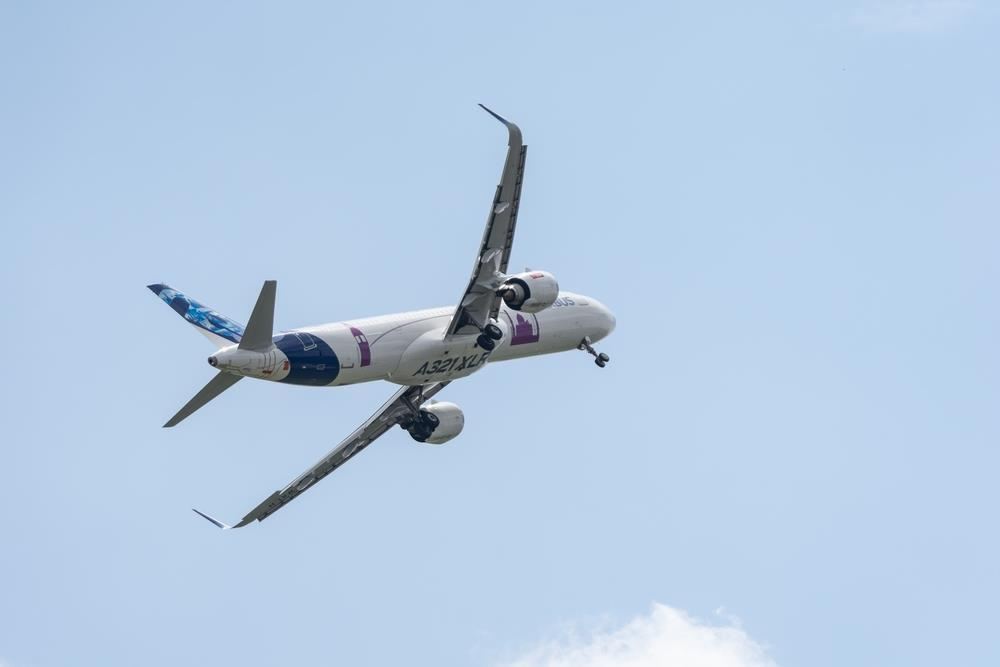
Air Canada’s Airbus A321XLR and Boeing 787-10 Deliveries Delayed Until 2026
Air Canada has announced that the delivery of its Airbus A321XLR and Boeing 787-10 aircraft will be postponed until 2026, delaying the airline’s fleet expansion plans by several months. This update was disclosed alongside the carrier’s first quarter financial results, eliciting a range of responses from investors. While some have expressed concerns about the operational implications, Air Canada asserts that it is well-prepared to manage the delays effectively.
Fleet Expansion Setback
The Canadian flag carrier, operating under the IATA code AC and a member of Star Alliance, had initially anticipated receiving its first Airbus A321XLR and Boeing 787-10 aircraft in 2024. The original order for 26 A321XLRs was placed in March 2022, with deliveries planned through early 2027. However, certification hurdles and ongoing global supply chain disruptions have necessitated a revision of this timeline. According to fleet data from ch-aviation, Air Canada has since increased its A321XLR order to 30 aircraft. The airline also holds firm orders for 18 Boeing 787-10 Dreamliners, with options for an additional 12 signed in September 2023.
Managing the Impact
John Di Bert, Air Canada’s Executive Vice President and Chief Financial Officer, addressed the delays during the company’s first quarter earnings call. He confirmed that the Airbus A321XLR deliveries will be deferred by several months, with the first aircraft now expected in 2026. Similarly, the Boeing 787-10 deliveries have been pushed back, with the initial two aircraft also scheduled for 2026. Di Bert emphasized that the airline is actively collaborating with its partners to mitigate the effects of these original equipment manufacturer (OEM) delivery delays spanning 2026 to 2028.
The compressed delivery schedule for 2026 raises concerns about the potential strain on Air Canada’s fleet integration capabilities. Questions have emerged regarding whether the airline might need to defer other aircraft deliveries to manage this influx. However, Di Bert reassured stakeholders that the airline has accounted for this scenario. He noted that planned retirements of older aircraft will create sufficient capacity for the new arrivals, eliminating the need to alter current delivery schedules. This strategy is intended to facilitate fleet modernization while preserving operational capacity and efficiency.
Competitive Landscape
The delivery delays occur amid a competitive environment where rival airlines may seek to exploit Air Canada’s slower fleet renewal to strengthen their market positions, particularly on key international routes. Despite these challenges, Air Canada remains committed to offering customers advanced, fuel-efficient, and comfortable aircraft. The airline’s ongoing strategy involves retiring older jets as new models enter service, ensuring a modernized fleet without compromising service quality or operational efficiency.
As Air Canada contends with these setbacks, its focus remains firmly on long-term fleet modernization and sustaining its competitive advantage in a rapidly evolving aviation market.
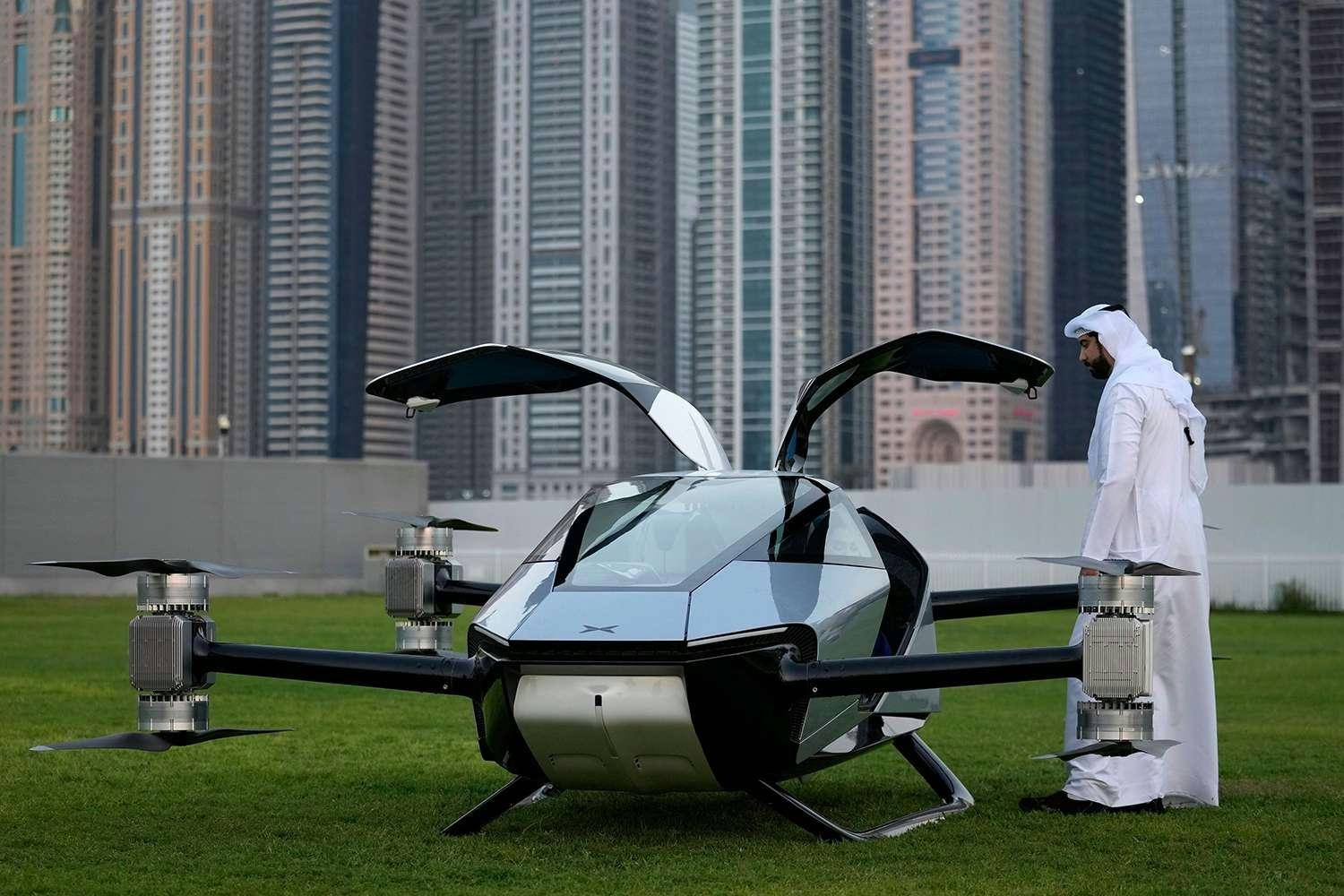
Dubai’s 2026 Plans: Key Developments from Flying Taxis to the Year of the Family

CALC Orders 30 Airbus A320neo Jets to Expand Fleet by 2026

AI in Travel Planning: Benefits, Risks, and Future Prospects
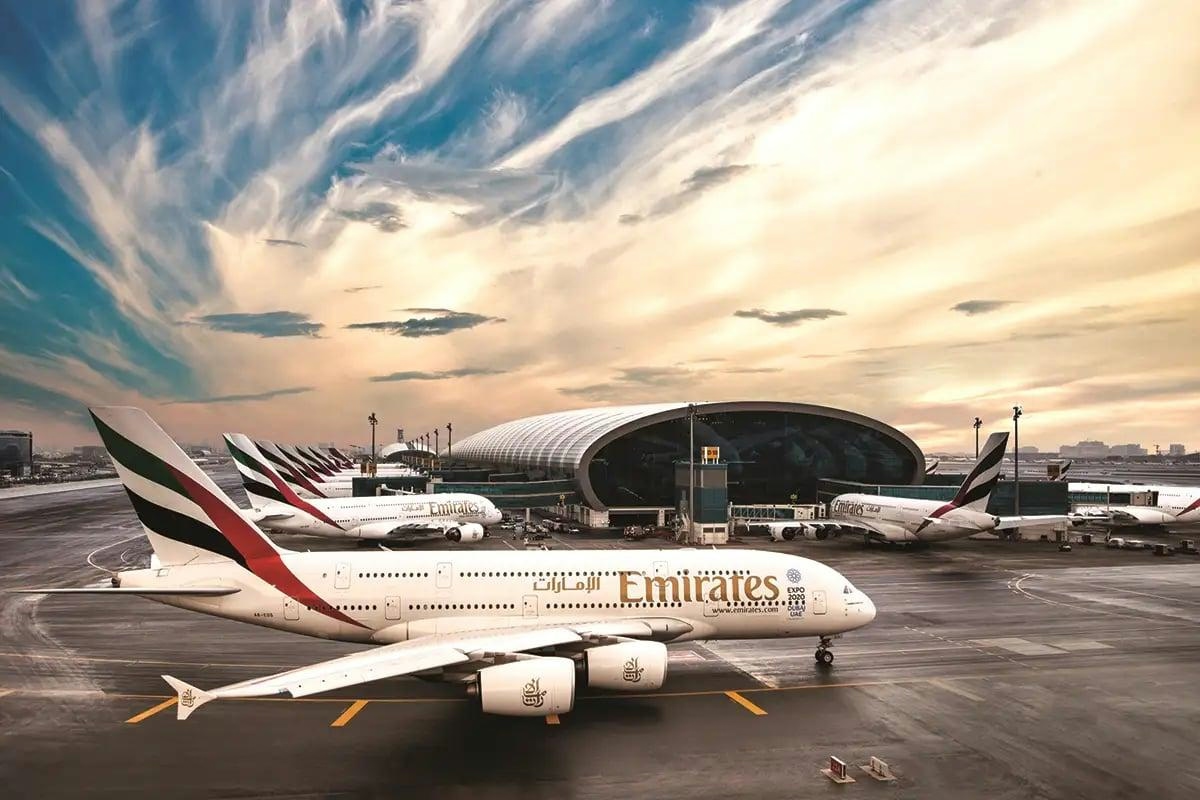
Airline Operated Largest Widebody Fleet in 2025
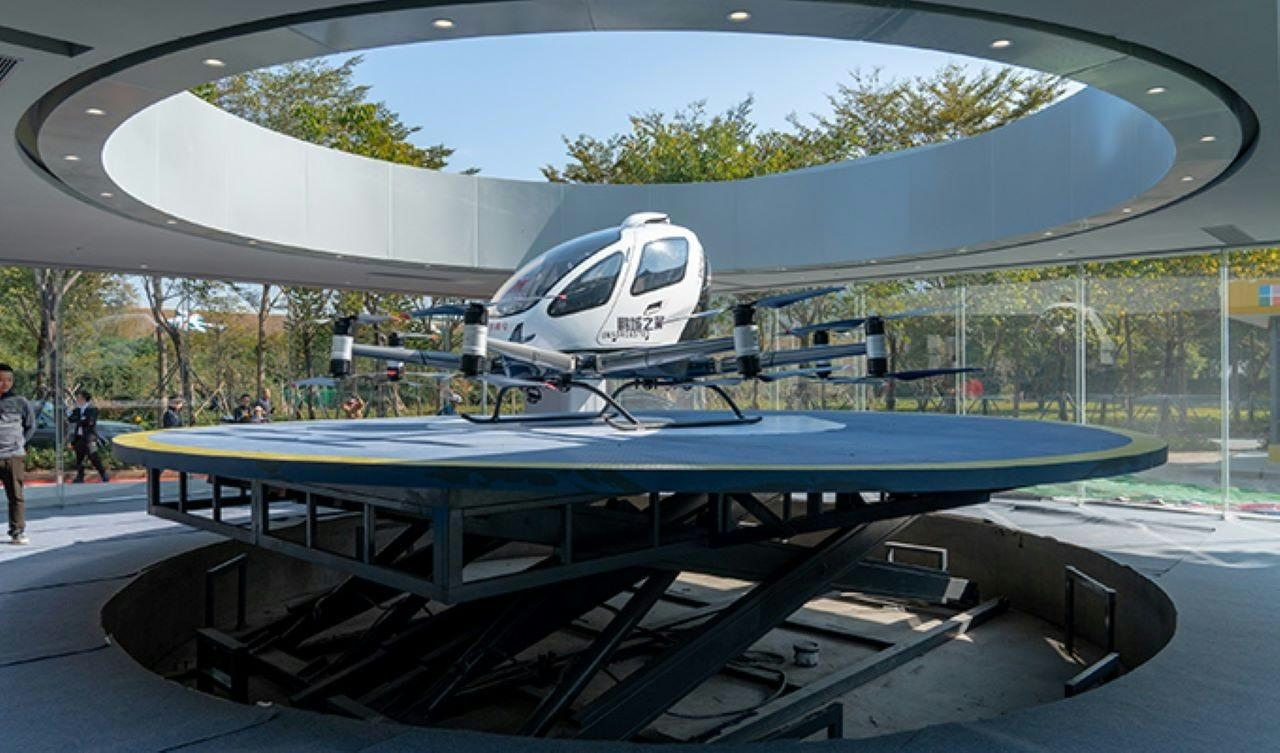
Tel Aviv Plans First Vertiport to Support Air Taxi Services
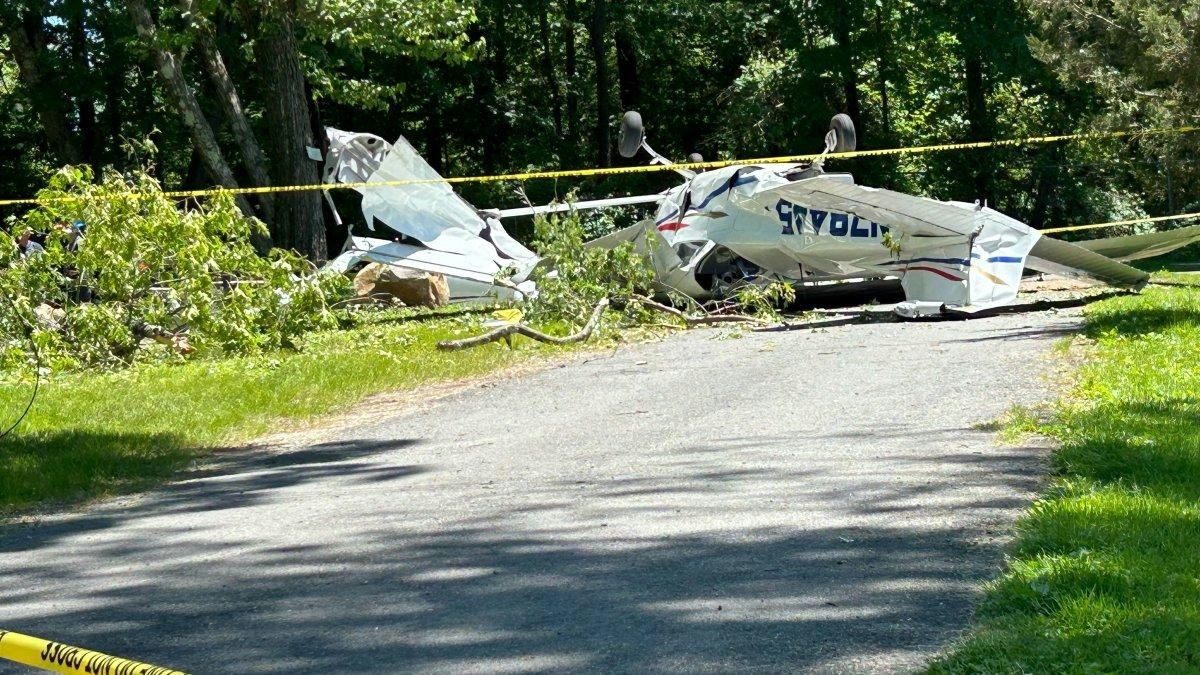
Pilot’s Distress Call Captures Near-Engine Failure Incident
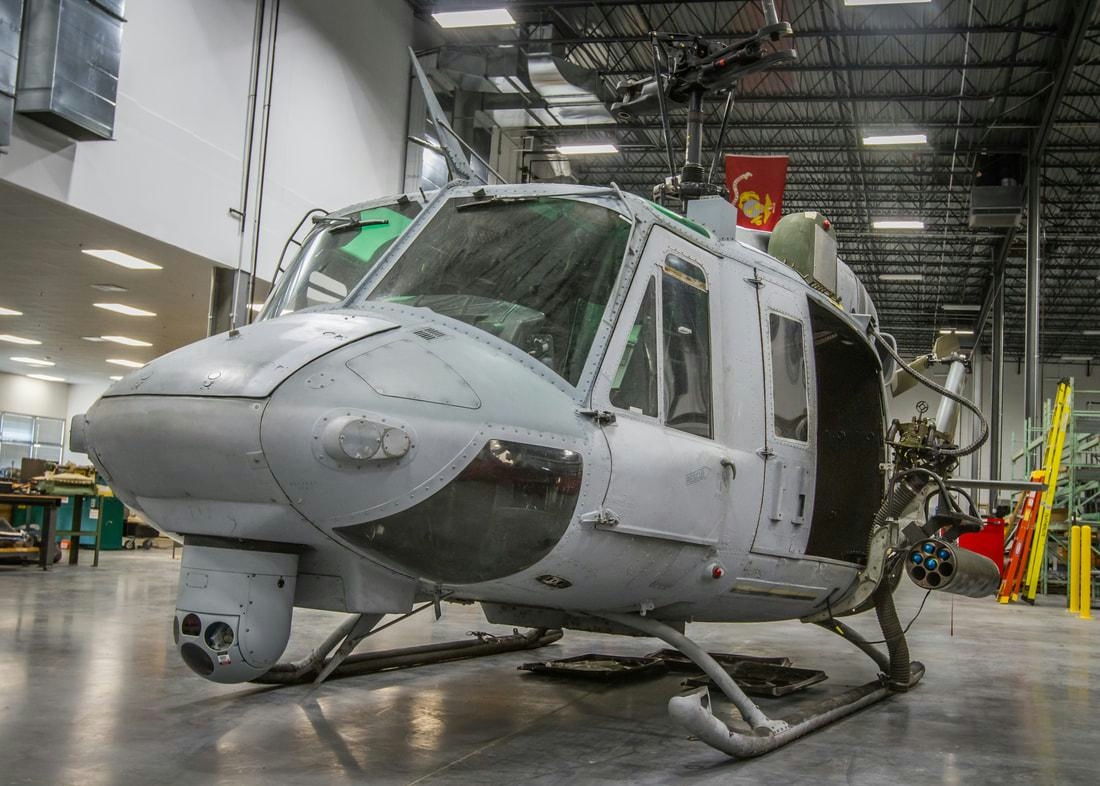
The Small Cold War Helicopter Considered by the Marines for Combat
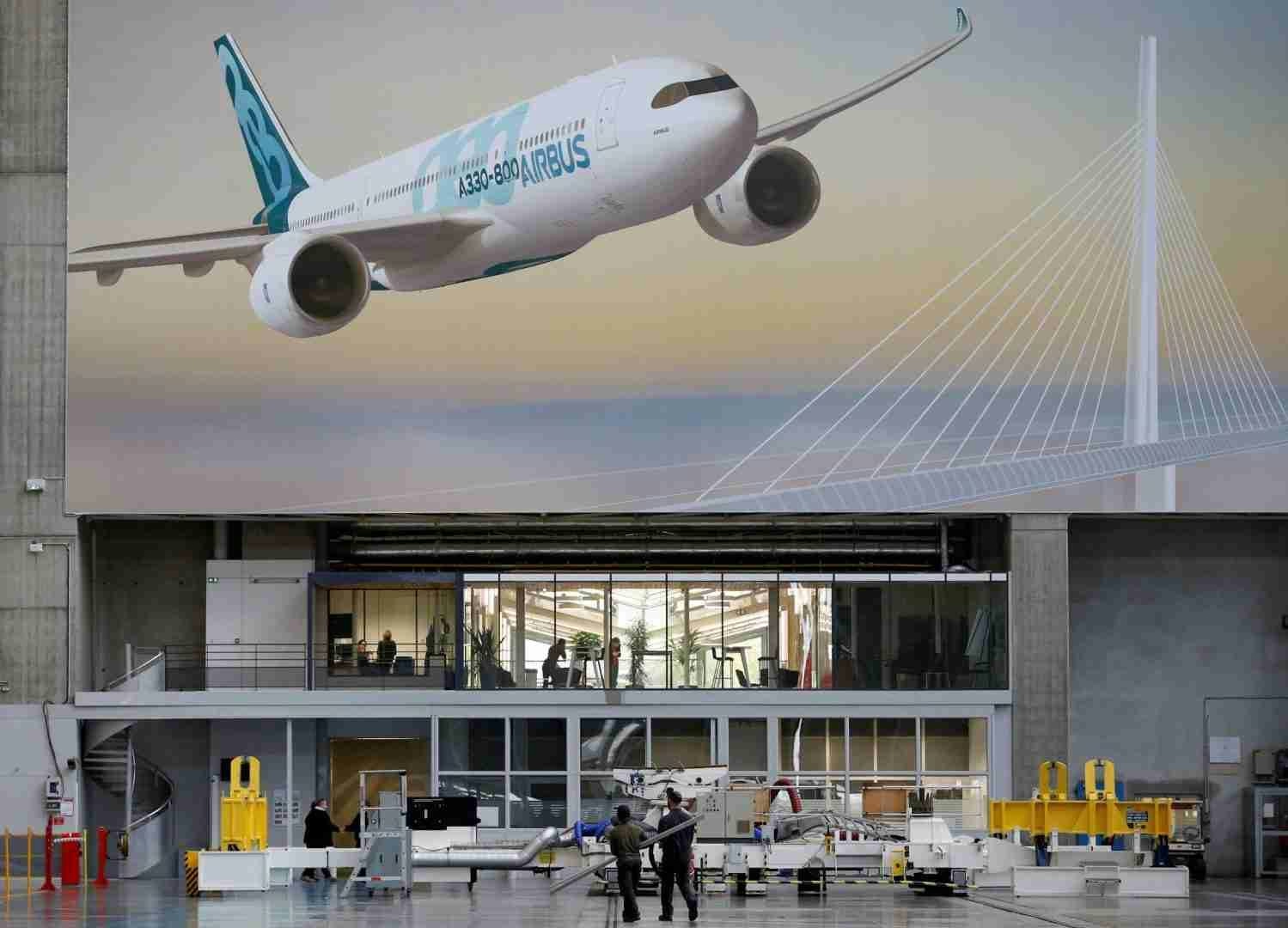
Boeing and Airbus Orders Race in 2025: Who Leads?
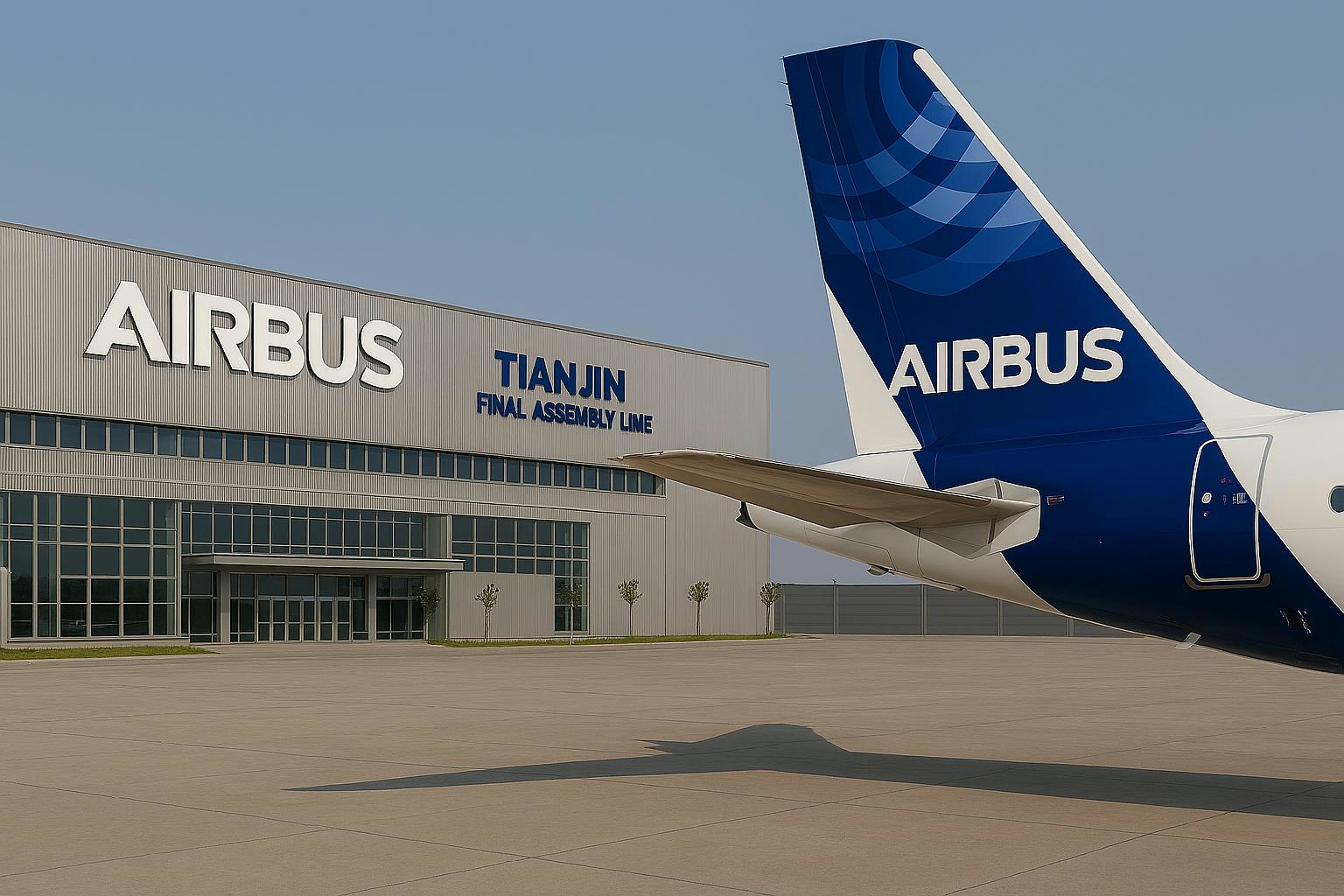
Air China Shares Rise After $9.5 Billion Airbus Jet Order
